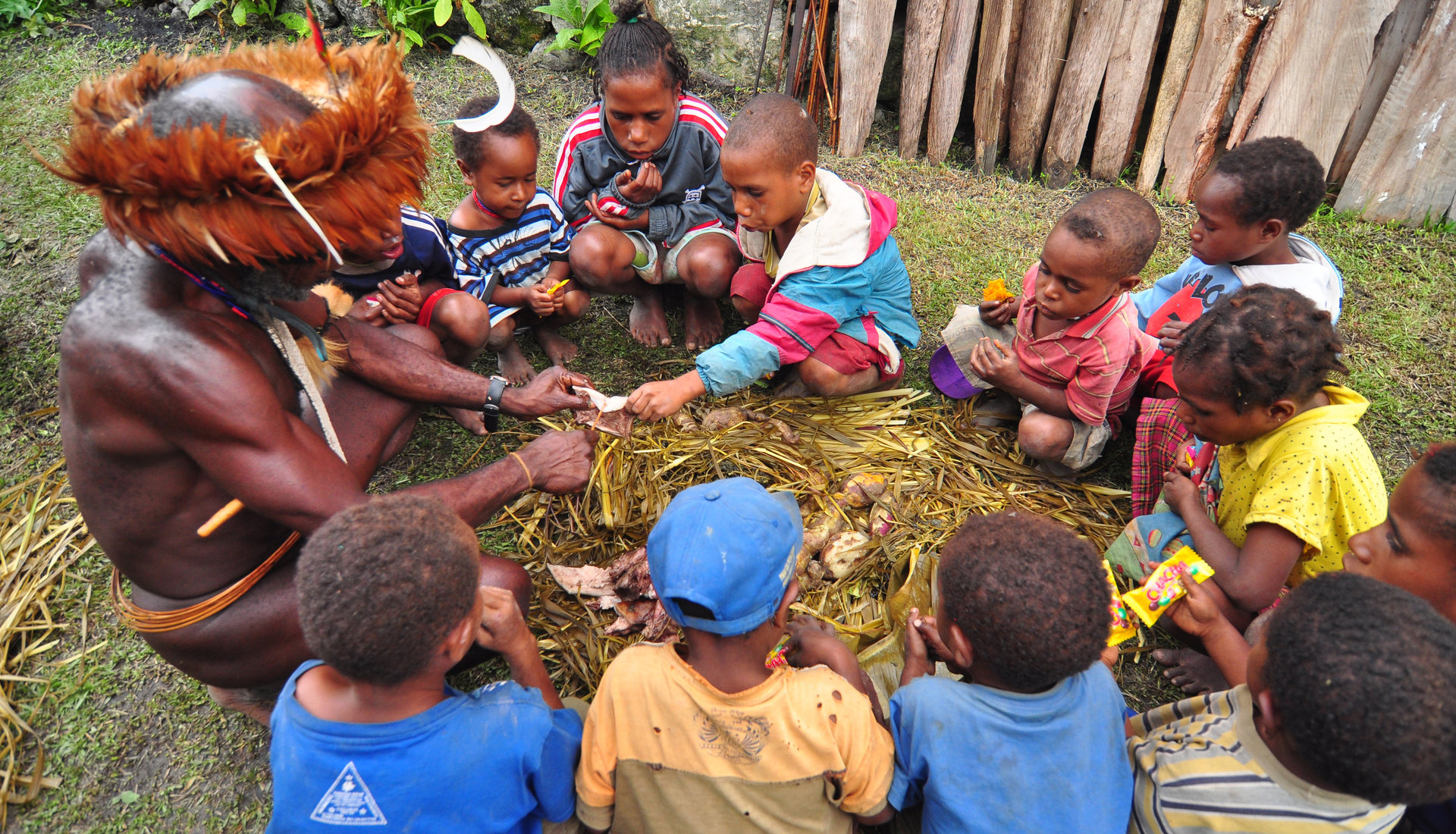Source: Seeker.com
There are more than 7,000 languages on Earth, yet half of the world’s 7.6 billion people speak just 24 of them and 95 percent speak just 400 of them. That leaves five percent of the global population spread across 6,600 different languages, hundreds of them now spoken by less than ten people.
The rate of language loss has reached such a breakneck pace that some scholars predict we’ll lose 90 percent of the world’s languages in the next century, akin to a linguistic mass extinction event.
The main driver of language endangerment and extinction is a process called language shift, when speakers switch from a native, typically indigenous tongue to the dominant national language. John Sullivant, a language data curator with the Archive of the Indigenous Languages of Latin America, told Seeker that language shift happens for a variety of reasons, but is largely driven by the level of contact with the national culture and the marginalization of indigenous communities.
It’s clear that economic forces threaten both biological diversity and linguistic diversity. Members of economically marginalized indigenous communities often migrate to bigger cities or even other countries to support their families, shifting to the dominant language for work. Similarly, the globalization of manufacturing increases the plundering of natural resources, which drives habitat loss, one of the main ways that endangered species go extinct.
What’s doubly troubling is that when a language dies out, so does a wealth of knowledge about native plants and animals, exactly the type of information that conservationists need to protect critical species. Some conservation biologists estimate that indigenous communities, which cluster in regions with the greatest natural biodiversity, are the stewards of 99 percent of the world’s genetic diversity.
Richard Stepp is an ethnobiologist at the University of Florida who has conducted fieldwork among indigenous Mayan communities in Mexico, Belize, and Guatemala.
“In some of these cultures, the single largest category of nouns are plant names. They may have thousands of plant names,” Stepp told Seeker. “So the biodiversity is intimately linked to the language.”
Languages, like species, deserve to be preserved for their own sake, but there are also more utilitarian reasons to want to preserve the knowledge encoded in indigenous languages. For example, only a fraction of the world’s plants have been exhaustively studied for their medicinal properties, but it’s very likely that indigenous cultures have cumutively tested just about everything.
As for preventing the mass extinction that some linguists have foretold, that will be difficult. Many of the remaining speakers of the world’s least-spoken languages are in the 70s and 80s, and the languages will most certainly die with them. Still, as shown by a few high-profile language revitalization efforts, where there’s a strong desire from the people to save a language, and the political support to back it, it’s possible to bring a language back from the brink.
For the full article, click here.

